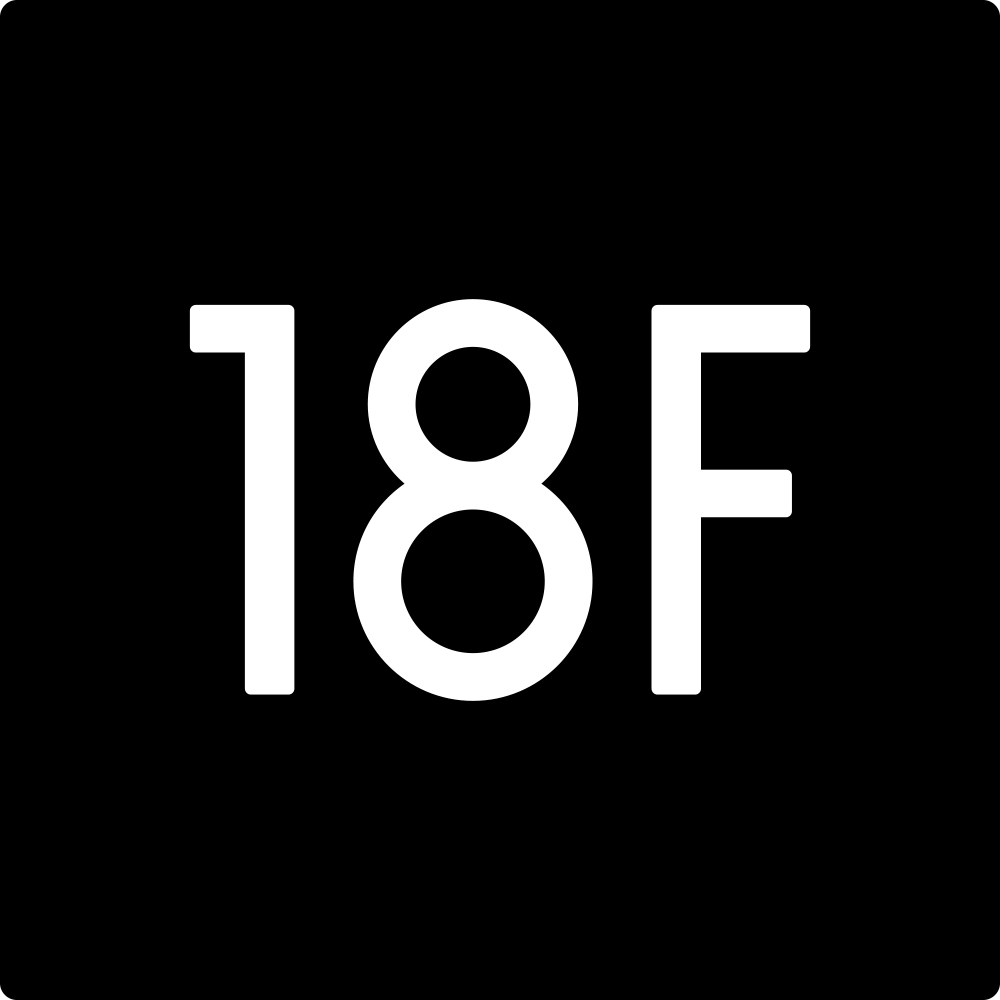Card sorting
What
A categorization exercise in which participants divide concepts into different groups based on their understanding of those concepts.
Why
To gain insights from users about how to organize content in an intuitive way.
How to do it
There are two types of card sorting: open and closed. Most card sorts are performed with one user at a time, but you can also do the exercise with groups of two to three people.
Open card sort
- Give users a collection of content represented on cards.
- Ask users to separate the cards into whatever categories make sense to them.
- Ask users to label those categories.
- Ask users to tell you why they grouped the cards and labeled the categories as they did.
Closed card sort
- Give users a collection of content represented on cards.
- Ask users to separate the cards into a list of categories you have predefined.
- Ask users to tell you why they assigned cards to the categories they did.
Example from 18F
Considerations for use in government
No PRA implications if done as directly moderated sessions. The PRA explicitly exempts direct observation and non-standardized conversation, 5 CFR 1320.3(h)3.



 Methods
Methods